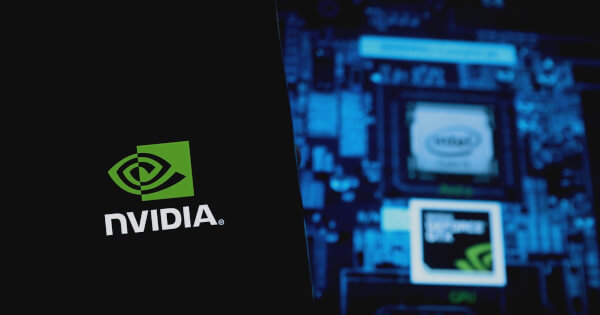Neural Radiance Fields (NeRFs) are emerging as a groundbreaking technology that converts 2D images and videos into highly realistic 3D models, according to a recent discussion hosted by NVIDIA’s AI Podcast. The potential applications of NeRFs in both creative and commercial fields were explored in-depth by Michael Rubloff, founder and managing editor of Radiance Fields, during the podcast recorded live at GTC.
Understanding NeRFs
NeRFs utilize artificial intelligence to generate 3D representations from a series of 2D images or video frames. This technique allows for the creation of models that can be viewed from multiple angles, offering a new dimension to digital imagery. Unlike traditional methods that rely on geometric data, NeRFs employ neural networks to estimate the color and density of every point in 3D space, resulting in more lifelike and detailed models.
How NeRFs Work
The process begins with capturing multiple 2D images of a scene. These images are then fed into a neural network, which processes the data to infer the 3D structure of the scene. The network outputs a radiance field that represents how light interacts with the objects in the scene, creating a photorealistic 3D model. This approach differs from Gaussian splatting, another technique for generating 3D models, by focusing on the radiance of light rather than geometric shapes.
Applications of NeRFs
NeRFs have a wide range of potential applications. In the creative industry, they can be used for virtual reality experiences, visual effects in movies, and video game design. Commercially, NeRFs can enhance product visualization, real estate marketing, and virtual tours. The technology also holds promise for scientific visualization, allowing researchers to create detailed 3D models of complex structures.
Future Prospects
Michael Rubloff provided insights into the future of NeRFs, predicting that the technology will continue to evolve and integrate with other AI-driven tools. The ability to generate hyperrealistic 3D models from everyday images could revolutionize the way people capture and experience the world around them.
For those interested in learning more about NeRFs and their applications, the full discussion can be accessed on the NVIDIA Blog.
Image source: Shutterstock
. . .
Tags
Credit: Source link






















 Bitcoin
Bitcoin  Ethereum
Ethereum  Tether
Tether  Solana
Solana  XRP
XRP  Dogecoin
Dogecoin  USDC
USDC  Cardano
Cardano  Lido Staked Ether
Lido Staked Ether  TRON
TRON  Avalanche
Avalanche  Toncoin
Toncoin  Shiba Inu
Shiba Inu  Wrapped stETH
Wrapped stETH  Stellar
Stellar  Wrapped Bitcoin
Wrapped Bitcoin  Polkadot
Polkadot  Chainlink
Chainlink  Bitcoin Cash
Bitcoin Cash  WETH
WETH  Sui
Sui  Pepe
Pepe  LEO Token
LEO Token  NEAR Protocol
NEAR Protocol  Litecoin
Litecoin  Aptos
Aptos  Uniswap
Uniswap  Wrapped eETH
Wrapped eETH  Hedera
Hedera  USDS
USDS  Internet Computer
Internet Computer  Cronos
Cronos  POL (ex-MATIC)
POL (ex-MATIC)  Ethereum Classic
Ethereum Classic  Ethena USDe
Ethena USDe  Artificial Superintelligence Alliance
Artificial Superintelligence Alliance  Render
Render  Bittensor
Bittensor  WhiteBIT Coin
WhiteBIT Coin  Dai
Dai  Bonk
Bonk  Arbitrum
Arbitrum  MANTRA
MANTRA  Celestia
Celestia  Filecoin
Filecoin  Cosmos Hub
Cosmos Hub  OKB
OKB 
